Occupational health and safety is a very important issue in the catering industry. Due to staff having direct contact with food and various types of risks, it is absolutely necessary to ensure a high level of health and safety standards in catering. Only then will it be possible to ensure the safety of both your employees and guests. Read our guide and find out what to pay attention to.
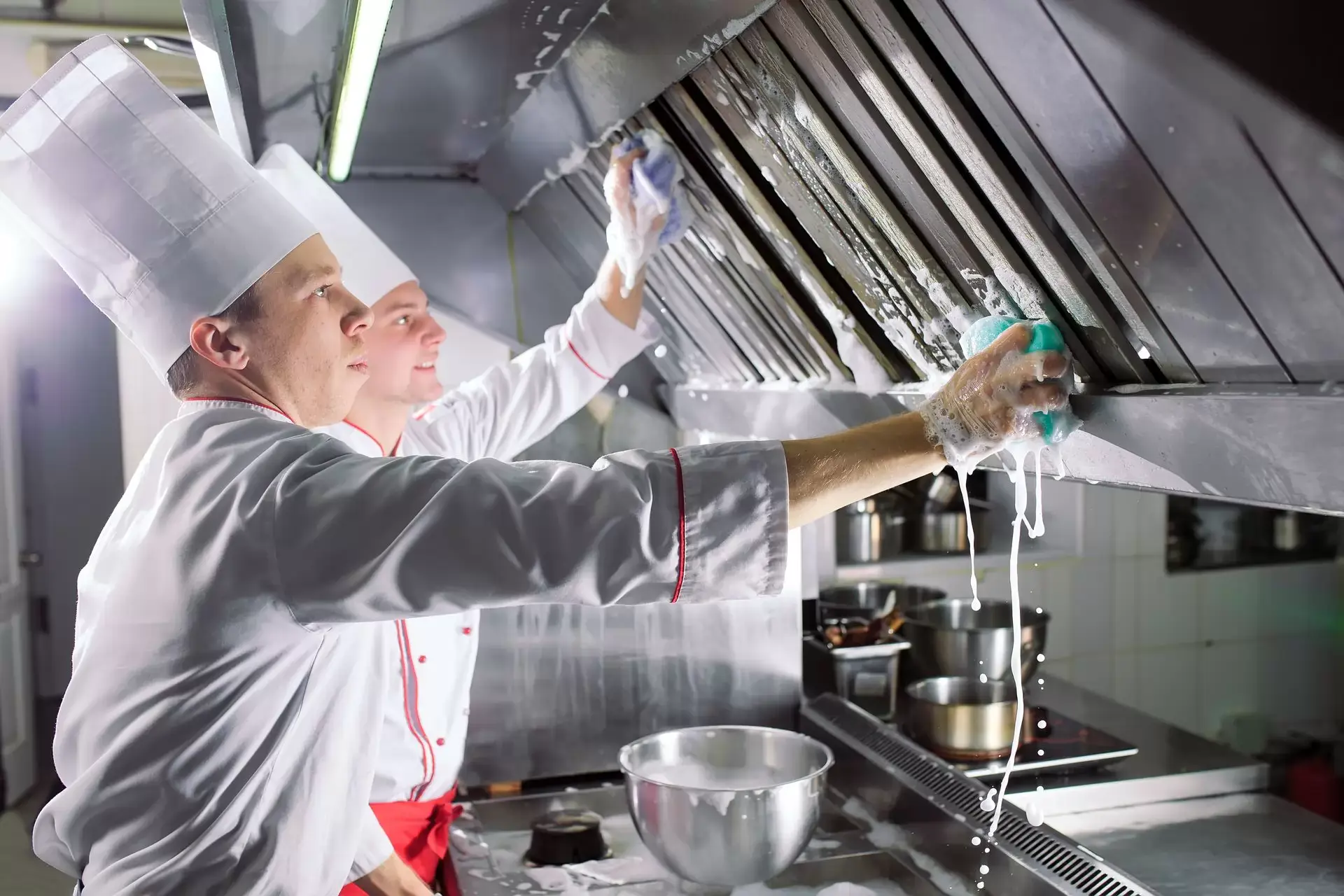
Occupational health and safety is a very important issue in the catering industry. Due to staff having direct contact with food and various types of risks, it is absolutely necessary to ensure a high level of health and safety standards in catering. Only then will it be possible to ensure the safety of both your employees and guests. Read our guide and find out what to pay attention to.
The key principles of health and safety
When going through the maze of numerous laws and regulations that regulate the most important health and safety rules in catering, you should take into account all aspects of the functioning of your venue. The most elementary aspect that you should consider at the very beginning is the technical condition of the building, as well as the space that will be used by your catering company.
You must ensure adequate ventilation, lighting and internal temperature. Under no circumstances should you forget to check the technical condition of all devices and other work tools, as well as to provide certified fire extinguishers and first aid kits.
Health and safety regulations are subject to very strict legal restrictions, and failure to comply with them could result in administrative penalties.
What are the basic rules of running of a catering company?
Although complying with the principles of occupational health and safety applies to all employees, the responsibility for any irregularities rests with the owner of the restaurant, i.e. the employer. It is therefore a good idea to formulate appropriate provisions in the work contract of each employee, which will allow you to easily enforce all obligations imposed on both you as the owner, and your staff.
You will therefore be able to hold your employees responsible for any such situations, as a direct result of issues directly related to not adhering to the rules mentioned above. In addition, the international quality control system HACCP defines both the way of preparing dishes and the principles of health and safety in commercial kitchens.
Workplace organisation in catering
Providing all employees with working conditions in accordance with the principles of health and safety is the sole responsibility of the employer. In addition to familiarising your staff with the rules, you will also need to provide appropriate workstations that will allow for compliance with health and safety regulations.
Cooks should have access to kitchen appliances that are fully functional and will not endanger their life or health. It is also important to use clean kitchen tools, so you should make sure that the conditions allow for keeping them clean, as well as the workstations themselves. You will also need to ensure the right conditions for storing food, so your refrigerators should be equipped with thermometers showing the current temperature level.
Therefore, you should constantly monitor the conditions in the kitchen, as well as register any possible accidents. It is also worth remembering that if the workplaces in your company do not meet the necessary health and safety conditions, employees have the right to refuse to perform their duties and leave their workplace, of course after informing their superiors.
Compliance with health and safety rules in the kitchen
While it is the responsibility of the employer to ensure work standards in accordance with health and safety rules in the kitchen, the obligation to comply with them rests with the employees. It is therefore vital that you train new staff in the rules of safety and hygiene, as well as organise periodic trainings for the existing team.
The staff are also responsible for properly looking after all catering equipment and any tools provided by the employer, as well as the use of appropriate protection measures at work. And any employee who is sick should immediately report this fact to their superiors.
And keep in mind that compliance with health and safety rules will not only help you avoid potential penalties, but also ensure the safety of your guests.
Safety when dealing with products and operating electrical equipment
One activity performed when working in the kitchen is cutting different types of products and operating various types of electrical equipment. You should therefore thoroughly familiarise yourself with how to use such equipment, and above all use it in accordance with the instruction manual. Extreme caution is always recommended when cutting, as well as using mixers or blenders. Everyone knows what can happen if you don’t pay attention when using sharp tools.
In addition, all electrical devices should first be technically checked before they are switched on. Damaged equipment can be very dangerous, so carefully inspecting the entire length of the power cord and plug is one of the first things you should do. Only after making sure that the equipment is ready for use (and if not, you should prepare it properly) should you connect it to a high-voltage socket. The same applies to turning it on. However, remember to only do so with dry hands. After finishing work, turn off the device, disconnect it from the power source and clean any elements that got dirty during use.
Working with fire, preparing hot dishes
Knives and electrical equipment are not the only things that pose a risk in the kitchen. Health and safety regulations, as well as strict rules, should also apply to the preparation of hot dishes. Working with fire involves a high risk of burns, therefore you should always use protective gloves to safely transport hot dishes. In addition, you should strictly supervise all dishes during frying or boiling, and be careful when opening the oven. Although many people might find this obvious, there are many situations when it is not the case, resulting in an obviously unpleasant ending.
Hygiene requirements
Health and safety regulations in catering also refer to hygiene rules. Since workers in this industry come into contact with food, strict requirements must be met. The first one is that the staff should wash their hands thoroughly after each visit to the toilet. It is equally important for employees to keep their face and body clean, as well as have well-groomed nails. Employees’ nails should always be cut short and thoroughly cleaned.
In addition to personal hygiene, employees should also wear special outer protective clothing. The basics of health and safety clearly state that employees should cover their hair with a scarf or a cap, wear work shoes with non-slip soles, and remove excessive jewellery. Another rule is that all tools and the workstations should be kept clean, which was mentioned earlier.
Summary
When running a restaurant, you have to take care of many things at the same time. One of them is occupational health and safety, which is not only aimed at improving the way your company operates, but are also governed by very strict legal regulations. Occupational health and safety in catering applies to both employees and employers, so everyone should know their rights and obligations in this regard.

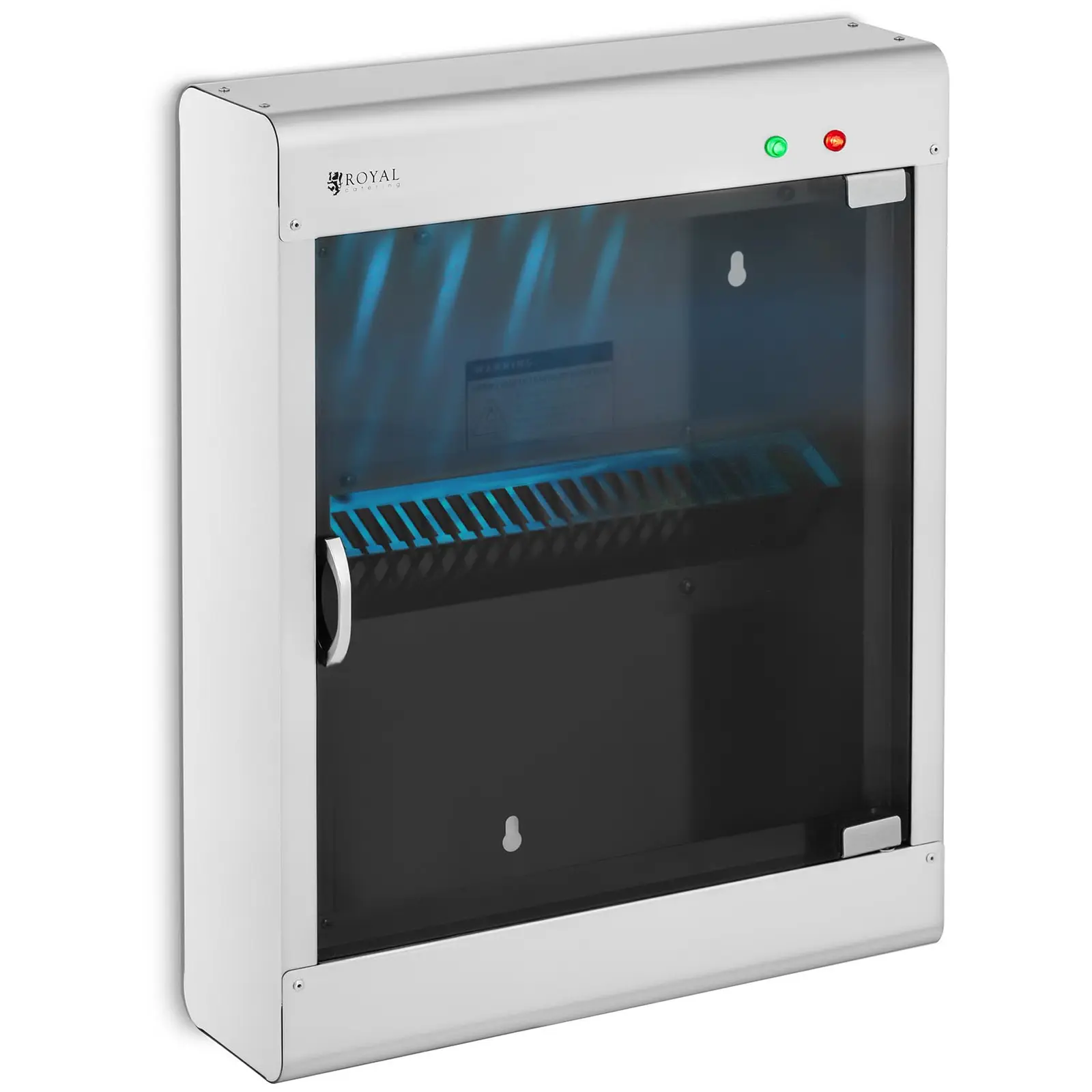
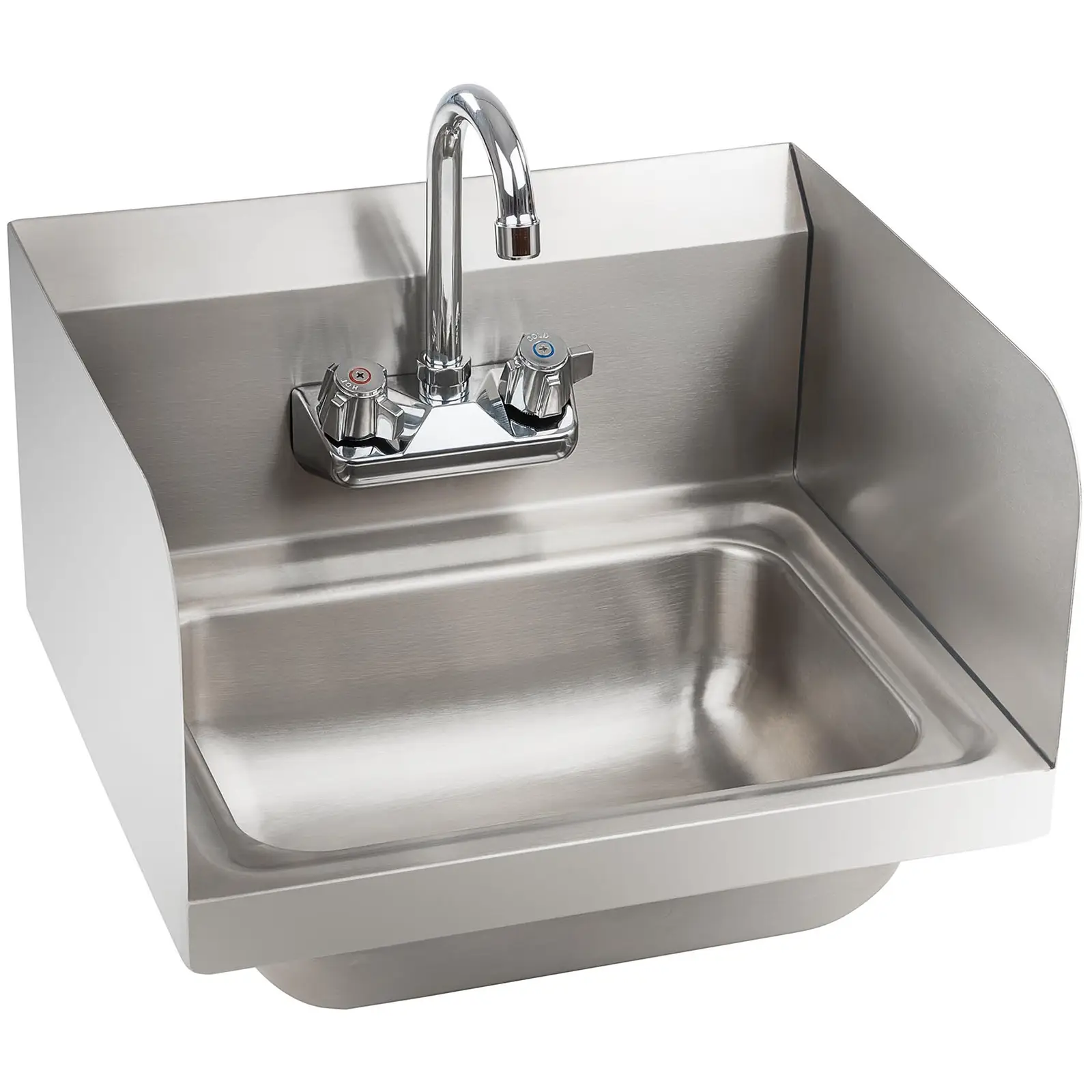
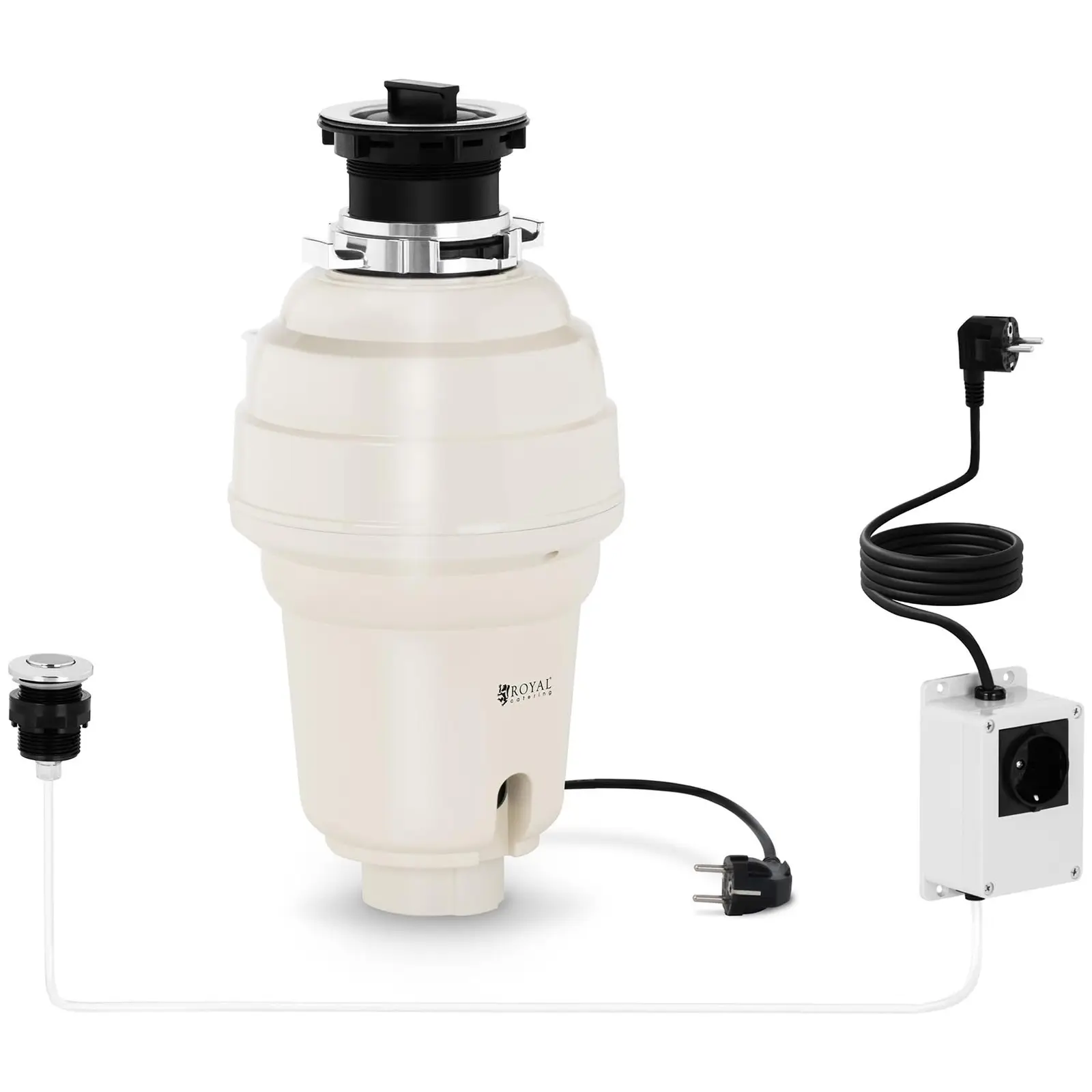
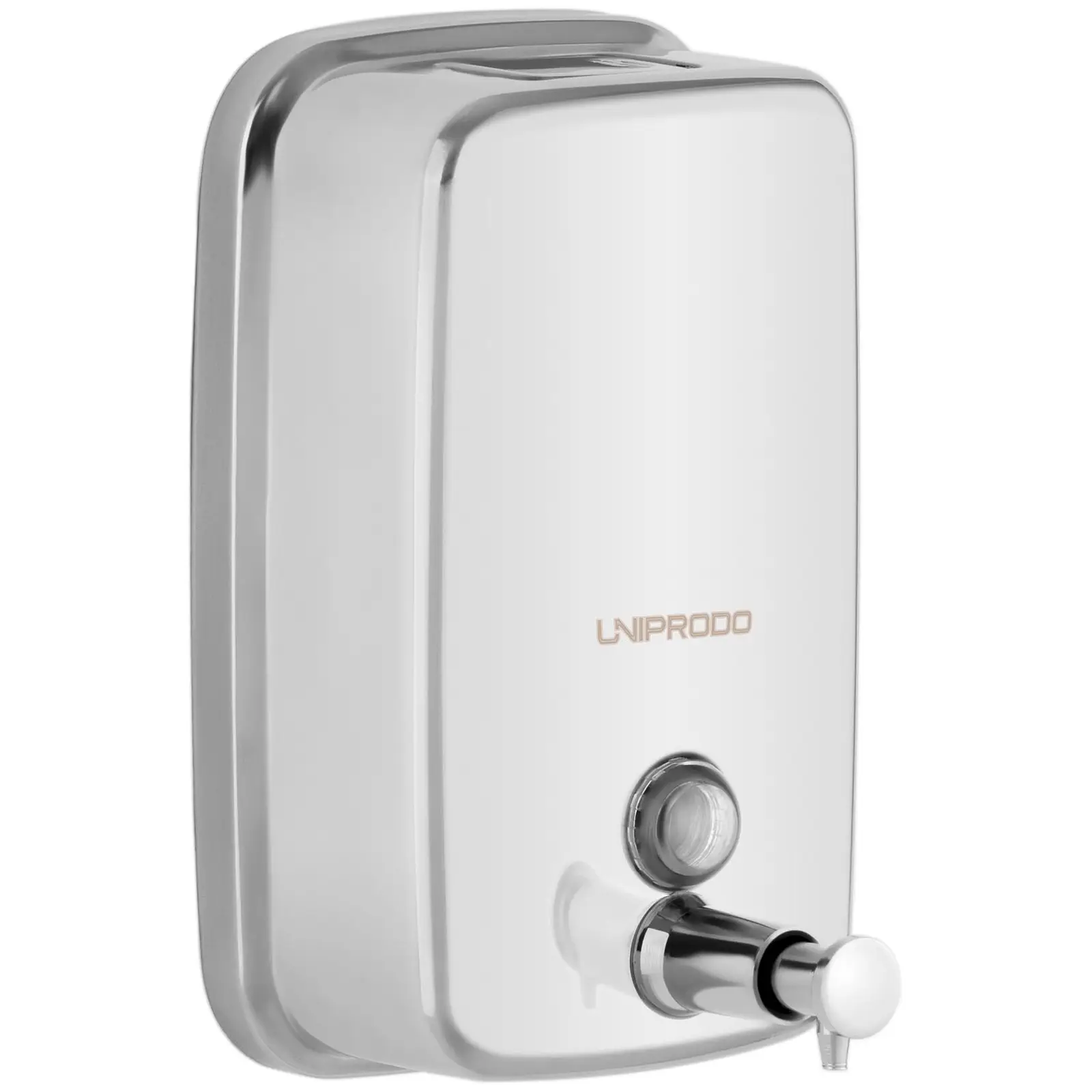





Share